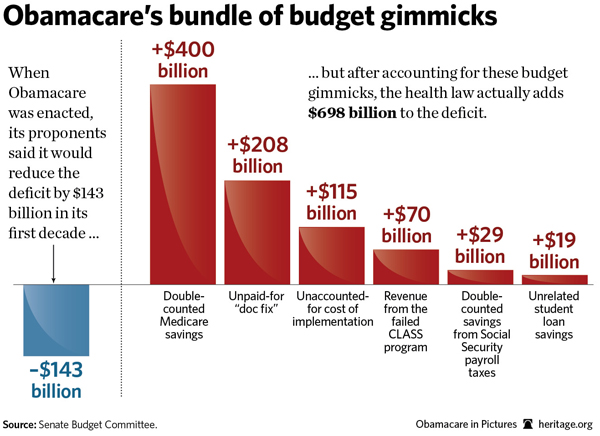Kudos to the artful dodgers in the public relations office at the Department of Veterans Affairs. While preparing a lesson for my kids this morning on the history and significance of Veterans Day, I came across this delightful tidbit on the politics that motivated a brief change on when the holiday was celebrated.
“The Uniform Holiday Bill (Public Law 90-963 (82 Stat. 250)) was signed on June 28, 1968, and was intended to ensure three-day weekends for Federal employees by celebrating four national holidays on Mondays: Washington’s Birthday, Memorial Day, Veterans Day, and Columbus Day,” says the VA’s website. “It was thought that these extended weekends would encourage travel, recreational and cultural activities and stimulate greater industrial and commercial production. Many states did not agree with this decision and continued to celebrate the holidays on their original dates.”
“The first Veterans Day under the new law was observed with much confusion on October 25, 1971,” the entry continues. “It was quite apparent that the commemoration of this day was a matter of historic and patriotic significance to a great number of our citizens, and so on September 20th, 1975, President Gerald R. Ford signed Public Law 94-97 (89 Stat. 479), which returned the annual observance of Veterans Day to its original date of November 11, beginning in 1978. This action supported the desires of the overwhelming majority of state legislatures, all major veterans service organizations and the American people.”
It’s not hard to understand why so many people were upset. In a previous part of the very same historical write-up, the VA mentions that since 1954, November 11 had been the universally celebrated day Americans celebrated its military veterans. The date is rooted in Armistice Day celebrations that commemorated the end of hostilities in World War I that “went into effect on the eleventh hour of the eleventh day of the eleventh month.” I.e. November 11, 1918.
And yet, despite all this, Congress tried to rewrite history so that federal workers could get a few extra guaranteed three-day weekends. I’m glad to see that grassroots opposition to such an inane federal power grab quickly and decisively resulted in a total repeal.
I’m also glad to know that this interesting piece of American history was included on a government website. I give a heartfelt hat tip to the nameless content writer who gave this husband and father hope that the same fighting spirit alluded to can still be summoned for even greater affronts to freedom today.



 CFIF Freedom Line Blog RSS Feed
CFIF Freedom Line Blog RSS Feed CFIF on Twitter
CFIF on Twitter CFIF on YouTube
CFIF on YouTube